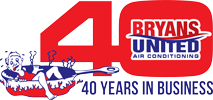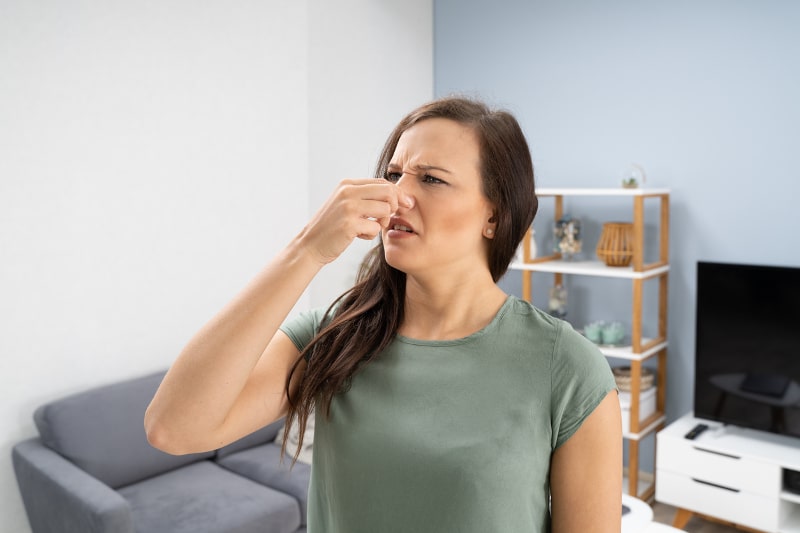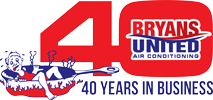A distinctive scent from your heat pump isn’t just an annoyance; it’s a signal. It tells you something is wrong and needs your attention. Unravel the mysteries behind four common heat pump odors in Gretna, LA, and what they signify below.
1. Burning Dust
When your heat pump emits this odor, it’s usually due to dust accumulation. If your system has been idle, dust tends to gather on the heating elements. When you switch it on, the dust burns off, causing that alarming scent.
It’s advisable to let the system run for a few minutes to see if the smell dissipates. However, if it persists, it’s time to call an HVAC technician. Continued burning smells could signify a more severe problem, like overheating components.
2. Electrical Burning
You should not ignore a sharp, pungent smell similar to burnt plastic. This smell often signifies an electrical problem. It could be due to overheating equipment or faulty wiring within your heat pump. Immediate attention is a requirement, as this could lead to system failure or, in worst-case scenarios, a fire hazard.
3. Musty Odor
A musty smell can indicate excess moisture in your heat pump. When your system can’t effectively dehumidify the air, it could lead to the growth of bacteria. Regular maintenance, including cleaning your evaporator coils and ensuring proper airflow, can decrease the likelihood of this issue.
4. Rotten Egg Smell
This distinctive smell is often a red flag for a gas leak. While heat pumps typically use electricity, the reason could be a deceased animal. Yes, even small critters can crawl into the outdoor unit, unable to escape. The result is a less-than-pleasant odor.
Heat pump smells shouldn’t be taken lightly. If your nose is getting a whiff of an odd scent, play it safe and get your system checked by a seasoned HVAC contractor. Contact us at Bryans United Air Conditioning to consult with a professional HVAC technician on all the heat pump services you may need. Our ultimate goal is to keep your system running smoothly and ensuring a safe, comfortable home environment.
Image provided by iStock


